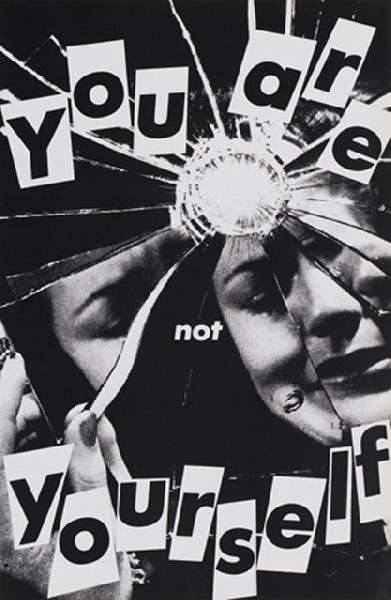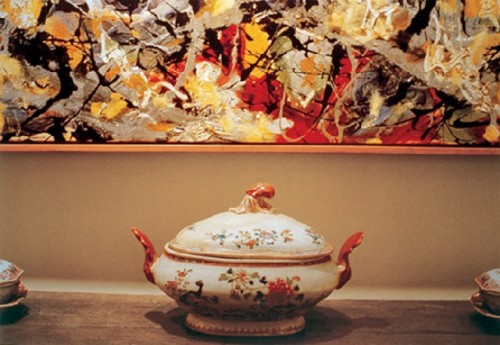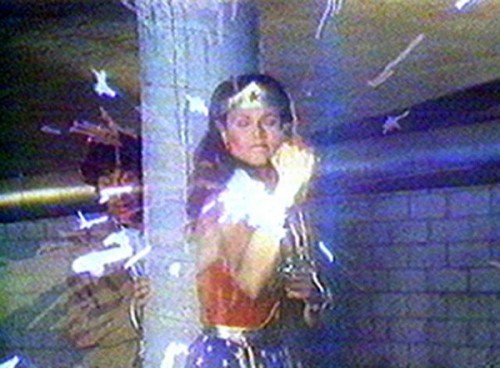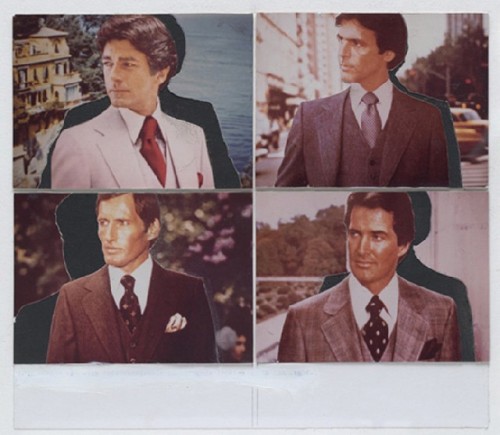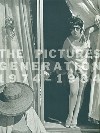The Pictures Generation: 1974-1984
Metropolitan Museum of Art Exhibition
By: Adam Zucker - May 26, 2009
The Pictures Generation: 1974-1984
April 1 through August 2
The Metropolitan Museum of Art
1000 Fifth Avenue and 82nd Street
New York, NY
www.metropolitanmuseum.org
The 1970s began, as yet another decade of crisis in America. There was the continuation of the social and political turmoil from the Vietnam War. There were cultural, sexual, and racial revolutions and riots, the asassinations of John F. Kennedy, Malcom X, and Martin Luther King Jr. All of this combined led to great disillusion for Americans who wrestled with identity. There was a distinct group of artists who fought back against both the bourgeois and machismo authority to make a very new avant-garde movement in the arts.
This unique group of artists and their methods became a sensation in New York City during the late seventies. These artists came together in the Big Apple from the State University of Buffalo, and the California Institute of the Arts, in Valencia, California. They developed art that heavily reflected photography, mixed media, and mass media. While the themes of most pieces were heavily conceptual, the image still remained as equally important as the idea. Their contributions have made a long lasting impression in the avant-garde circle of contemporary art.
From the very start of the show John Baldessari is named the authority of unconventional art making. His students at the California Institute of Arts: Barbara Bloom, Jack Goldstein, Matt Mullican, David Salle, Troy Brauntuch, and James Welling take up the majority of the galleries walls and floor space. The remainder and equally important were the students from Buffalo, New York: Robert Longo, Cindy Sherman, Nancy Dwyer, Charles Clough; and Barbara Kruger, Richard Prince, Sherrie Levine, Laurie Simmons, and Louise Lawler from New York City. Paul McMahon, another important artist in the show, was employing a similar artistic practice from Boston.
The Metropolitan Museum is a surprising but refreshing venue for The Pictures Generation, 1974-84. The Met has had too few shows dealing with American contemporary art. This exhibition not only deals with a very important and influential moment in art history. It illustrates a trend that broke away from the Minimalist and Pop Art authority.
Ultimately these artists have been the pioneers for a movement that, for lack of better terms, was aptly called "Post-Modernism." I had just reviewed the current show at the New Museum called Younger Than Jesus; there were striking similarities between the two shows. I found The Pictures Generation more refreshing. These were artists who were still young (many under 33) at the time that were creating new and exciting work that reflected their generation in the seventies. There were also very similar themes that Generation X and Generation Y explored.
The relevance that popular culture and mass media had on both generations is clearly evident. Before the young Liu Chuang (Younger Than Jesus) explored materialism and identity in his Buying Everything On You (2006-8) series, artists like David Salle, Barbara Kruger and Cindy Sherman had creatively addressed this topic. This exhibition does not state that these artists' methods were the only artistic disciplines of their time. However, it does make certain that these artists made more of an impact and represented this decade (1974-84) better then any other contemporary trend.
The curator, Douglas Eklund, examines the practice of appropriation and had even stated himself in the catalog that "appropriation was the only game left." Cindy Sherman and Richard Prince exhibit some the best examples of appropriation. Sherman's Film Stills look like they are directly taken from an actual foreign or B movie. Prince's photographs of Marlboro cowboys completely alter the advertisements intended message. Salle takes pictures of real women, all drinking coffee, and affixes coffee brand names underneath. This exaggeration and comment on advertising technique was common throughout artists in the exhibition.
The idea of mass representation and mass media is also seen in Sherrie Levine's Untitled (President 5) where a fashion clipping is shaped into a recognizable image of President Lincoln. When viewed together one can't get past the absurdity of the juxtaposed imagery. The same can be said for Lawler's Pollock and Tureen (1984). The juxtaposition of the very rich and flawless Tureen next to the supposedly avant-garde Pollock painting is a mockery of bourgeois ideology.
Feminism and female identity also was a major part of the exhibition. If indeed this generation is going to be truly considered an art historical movement, then it is one of the most extensive to feature the work of women. Kruger and Sherman portray this message by returning to using the image of the female rather then the previous performance and bodily mediums.
In another look into the female gender and popular iconography, Birnbaum created a video collage featuring snippets of the Wonder Woman movie. Glen Branca and his band Theoretical Girls, (a name referring to conceptual women artists), recorded what would become a seminal sound for the "no-wave" genre of experimental rock music.
The Metropolitan Museum has boldly stepped into the conceptual realm. It was really shocking to find the work of Richard Prince, Cindy Sherman and others in the usually conservative and historical galleries of the Met.
With two generational shows running concurrently in two different Manhattan museums, I have a feeling we will be seeing more institutions start to re-examine the past decades and formulate new and exciting group shows.


